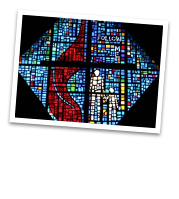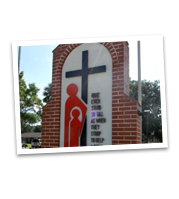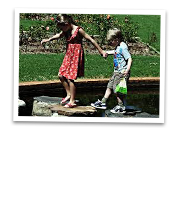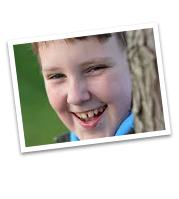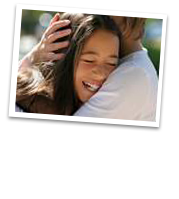Blog
Teaching Family Model Continues To Produce Success Stories
Posted on December 20, 2023

The Children’s Home has been committed to the application of the Teaching Family Model. Our Residential Care Team identified it as the best model of care to provide our children and youth with the needed tools and support to overcome their individual traumas in order to be successful. In less than three years after initially committing the Teaching Family Model, we were fully accredited by the Teaching-Family Association (TFA). TFA was founded in 1970 as the governing body to ensure that the model is properly used as well as providing the necessary training and evaluation to become fully accredited.
The Teaching Family Model isn’t new and can be traced to its origins in the early 1960s as a result of research that was done at the University of Kansas by Montrose Wolf and Gary Timbers. If you have ever put your own children in a time-out, you’re familiar with some of the original research since Wolf pioneered the time-out as a learning tool to shape behavior in children.
One aspect of this model that makes it so effective is that it focuses on respectful and humane practices that not only teach children but help to ensure their wellbeing while delivering measurable outcomes. As part of the Teaching Family Model, treatment can be individualized to meet the social, emotional, cognitive, and developmental needs of each child. It is also a trauma-informed model, so that it helps the child cope with their individual life experiences.
Part of the original studies included ways to change the behavior of children who had been removed from their homes and placed in a group home. This placement could have been the result of abuse or neglect, or the parents not being able to manage the child at home. They discovered certain approaches and treatment methods that would help foster a relationship of trust and mutual respect while also establishing communication. As a result, the children responded positively to instruction and the more structured environment. These responses developed into behavioral patterns and skills, and it’s those skills that have become a big part of the Teaching Family Model’s effectiveness.
Kaylee is a great example of how effective the Teaching Family Model can be in correcting behaviors and helping children be successful. Kaylee is a young teen who had to be removed from her adoptive home because of abuse. When she came to the Children’s Home she demonstrated very disruptive anti-social behavior. She frequently had tantrums and had difficulty communicating and following directions. Kaylee also had major trust issues which is not surprising when one considers the abuse she experienced.
Once she arrived at the Children’s Home, a plan of care was established and then implemented by her therapist, the teaching parents in her cottage, and our Spiritual Life team. After only a few weeks, Kaylee was showing clear improvement. Soon the tantrums had disappeared completely, and she became much more social. Her academics improved noticeably, and she made the A/B honor roll during the last grading period at our on-campus school, Legacy Scholars Academy. This was very impactful for Kaylee since she had never before reached that level of academic achievement. It proved to her that she could be a success. Now she is beginning to ask her teaching parents about how she should start planning for college.
Perhaps the biggest change is that she has become very active in Spiritual Life activities. Her attitude around the cottage has really changed, and her teaching parents report that Kaylee will frequently sing while cleaning her room or helping with other chores. A child who was abused and distraught has become a happy child who has hope for the future. That is the impact that Teaching Family Model can have on young lives.

